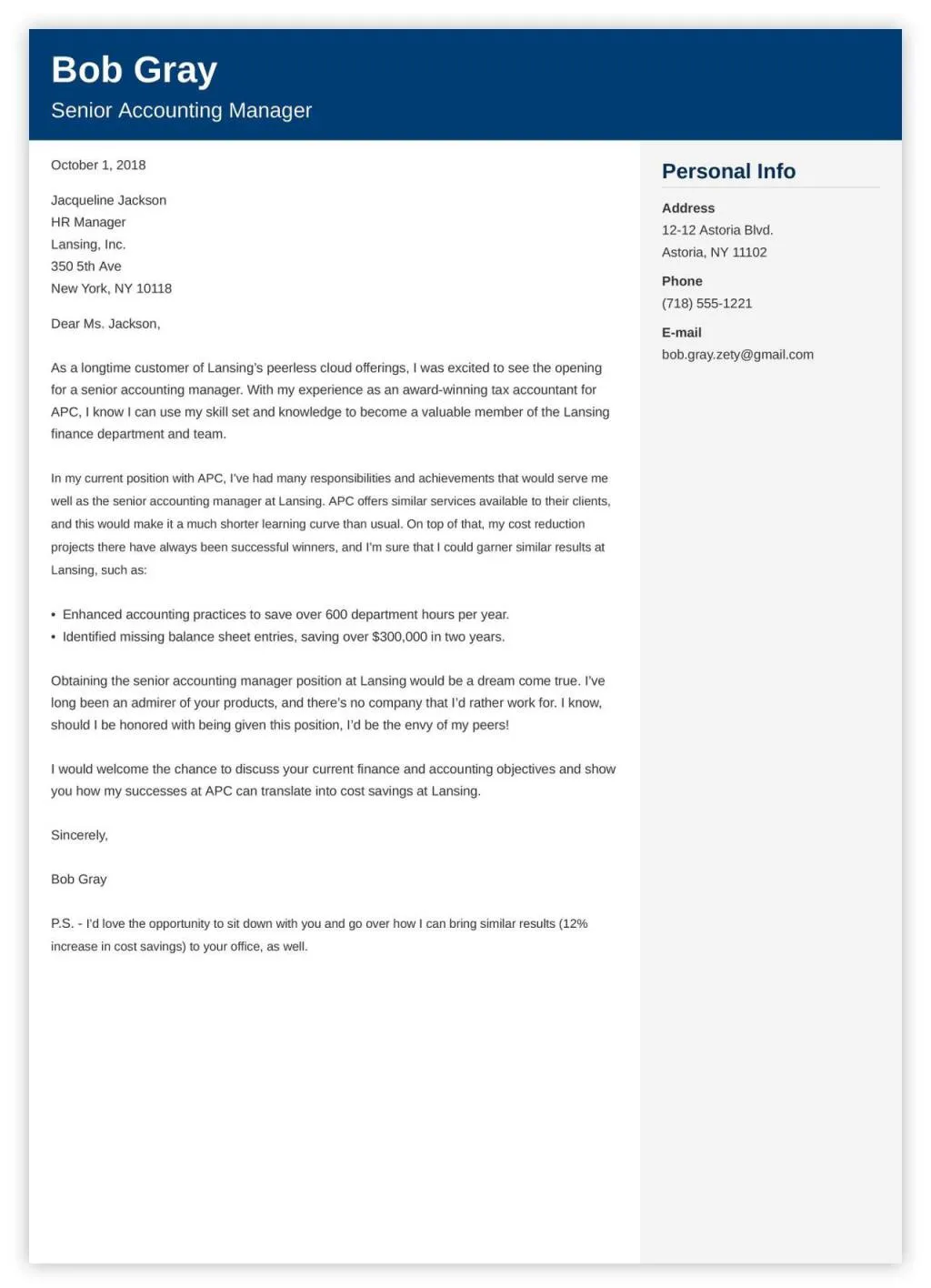What is an Accounting Cover Letter
An accounting cover letter is a crucial document that accompanies your resume when applying for accounting positions. It serves as your introduction to a potential employer, providing a snapshot of your qualifications, skills, and experience while expressing your interest in the specific role. It allows you to showcase your personality and demonstrate why you’re the perfect fit for the job. A well-crafted cover letter can significantly increase your chances of securing an interview, while a poorly written one can lead to immediate rejection. It’s an opportunity to make a strong first impression and distinguish yourself from other candidates.
Purpose of an Accounting Cover Letter
The primary purpose of an accounting cover letter is to persuade the hiring manager that you are the best candidate for the position. It allows you to highlight key accomplishments and experiences that align with the job requirements. It also provides context to your resume, elaborating on specific skills or projects. A cover letter demonstrates your communication skills, professionalism, and attention to detail. Moreover, it is a chance to demonstrate your understanding of the company and the role, as well as your enthusiasm for the opportunity. Finally, a cover letter gives you the chance to explain any gaps in your employment history or any other relevant information that might not be apparent from your resume alone. This is your chance to shine!
Key Elements of an Accounting Cover Letter
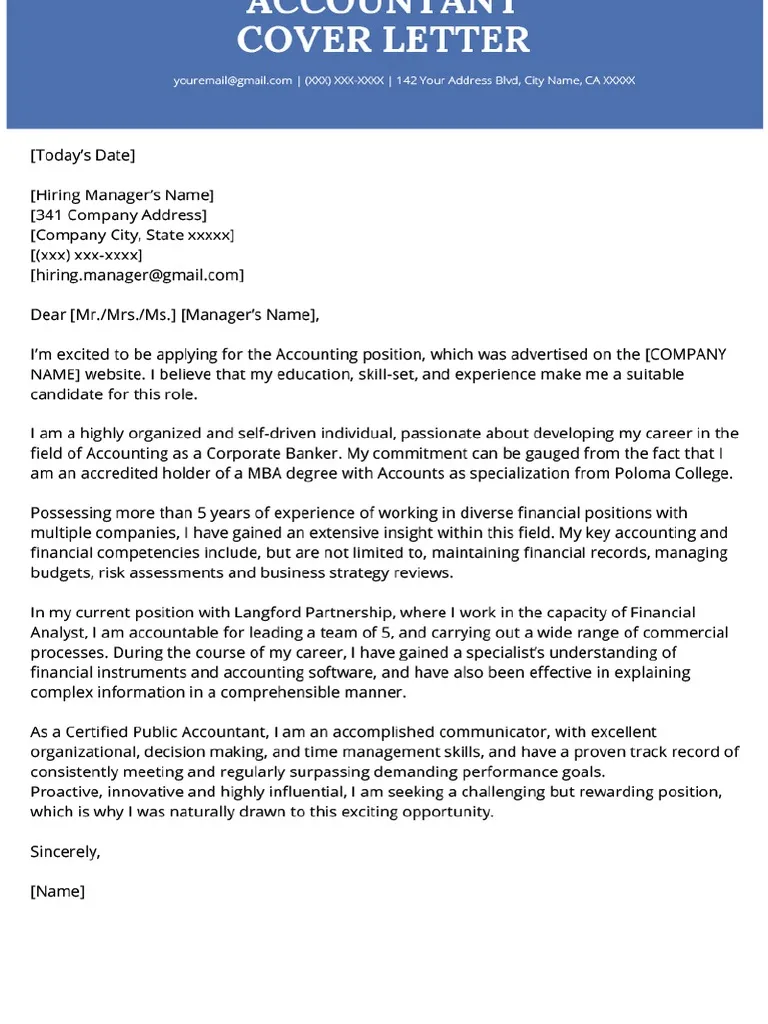
A successful accounting cover letter comprises several key elements that work together to create a compelling narrative. Each component plays a vital role in conveying your qualifications and making a positive impression. From the header to the closing, every aspect should be carefully crafted to maintain professionalism and clarity. The key elements include the header and contact information, date and recipient details, a professional greeting, body paragraphs highlighting relevant skills and experience, quantifying achievements, tailoring your letter to the specific job, demonstrating enthusiasm and fit, a clear call to action, and a professional closing and signature.
Header and Contact Information
The header of your cover letter should include your name, address, phone number, and email address. Ensure the information is accurate and up-to-date. Choose a professional email address that reflects your name. This section is crucial for the employer to easily contact you. The header should be clean and organized, often aligned to the left or center of the page. It is the first thing a hiring manager sees, so make sure it looks polished and professional. Make sure that the font size and style match the rest of the letter to maintain consistency.
Date and Recipient Details
Following your contact information, include the date and the recipient’s details. Always include the current date. If possible, address the letter to a specific person – the hiring manager or the recruiter listed in the job posting. Research the company website or LinkedIn to find the appropriate contact person. If you can’t find a specific name, use a generic greeting like ‘Dear Hiring Manager’. Ensure that the company name and address are correct. This attention to detail shows you’ve taken the time to research the company and care about the application process.
Professional Greeting
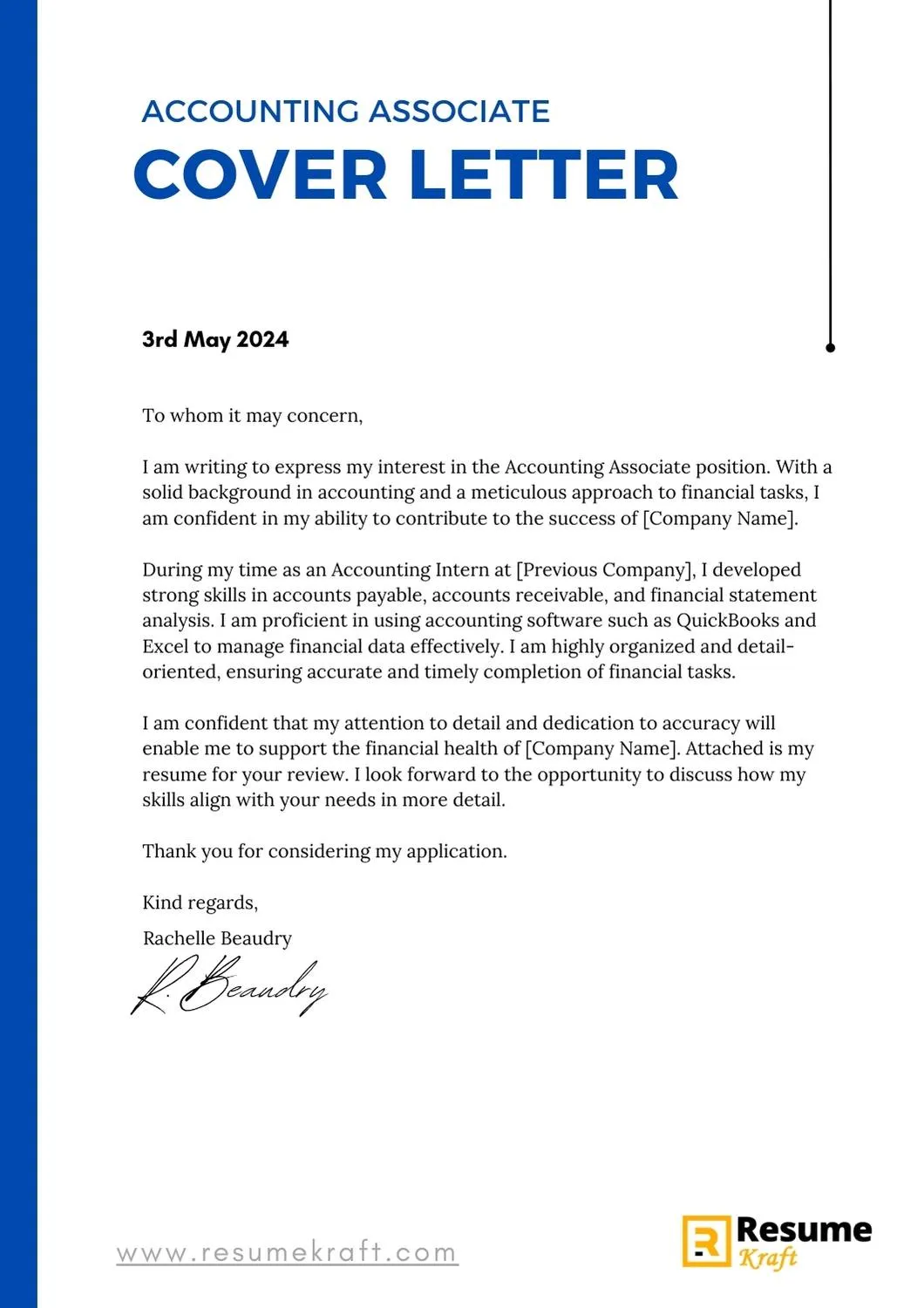
Start your cover letter with a professional greeting. ‘Dear Mr./Ms. [Last Name]’ is the preferred approach if you know the hiring manager’s name. If you don’t know the name, alternatives include ‘Dear Hiring Manager’ or ‘Dear [Company Name] Hiring Team’. Avoid overly casual greetings. The greeting sets the tone for the rest of your letter, so choose one that feels formal and respectful. The goal is to create a positive first impression and convey professionalism from the outset. Maintain a consistent tone throughout the letter.
Body Paragraphs
The body paragraphs form the core of your cover letter. This is where you detail your qualifications, experience, and skills. The body is often divided into two or three paragraphs. Each paragraph should focus on a specific aspect of your qualifications. The first paragraph should state the position you’re applying for and how you found the job. The subsequent paragraphs should highlight your relevant skills and experiences, providing specific examples of your accomplishments. The final paragraph should summarize your interest and reiterate your enthusiasm for the role, as well as your call to action. Ensure that your writing is clear, concise, and easy to read.
Highlighting Relevant Skills and Experience
In the body paragraphs, focus on skills and experiences that directly relate to the job requirements. Refer to the job description and identify the key skills and qualifications the employer seeks. Provide specific examples of how you’ve demonstrated those skills in past roles or projects. Use action verbs to describe your accomplishments, such as ‘managed,’ ‘analyzed,’ ‘prepared,’ or ‘implemented.’ Tailor your letter to match the language and keywords used in the job posting. Be specific about your accomplishments, using the STAR method (Situation, Task, Action, Result) to structure your responses. The STAR method helps you explain a situation, the task you had to complete, the action you took, and the positive result.
Quantifying Achievements
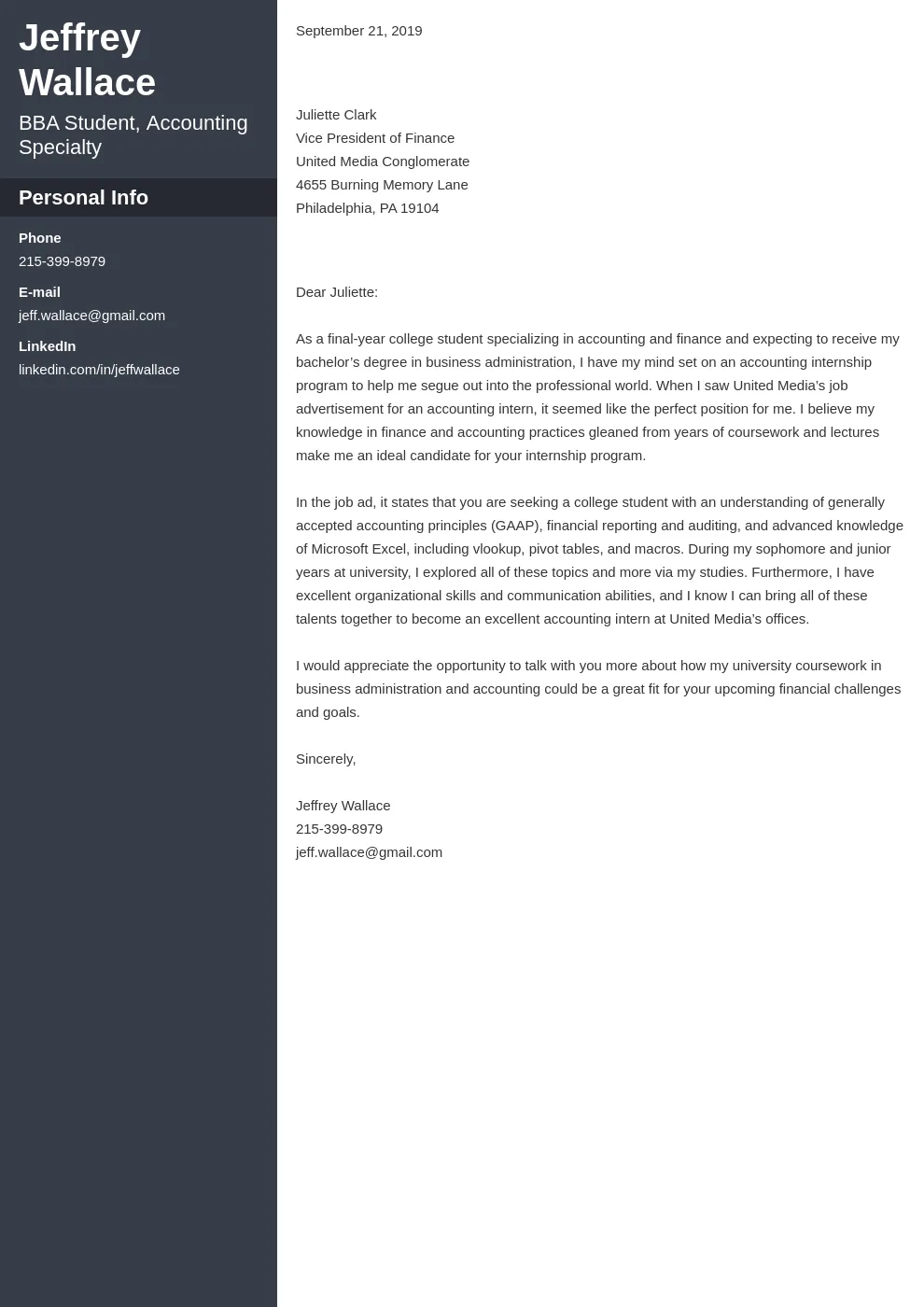
Quantify your achievements whenever possible. Use numbers and metrics to demonstrate the impact of your work. For example, instead of saying, ‘Improved efficiency,’ say, ‘Improved efficiency by 15% through process automation.’ Quantifiable achievements provide concrete evidence of your capabilities and make your cover letter more impactful. Use data to back up your claims and show the value you can bring to the company. If you managed a budget, specify the budget amount. If you saved the company money, detail the amount. Provide a clear and concise overview of how your past successes can translate into future wins.
Tailoring to the Specific Job
Customize your cover letter for each job you apply for. Generic cover letters are easily identified and often disregarded. Carefully review the job description and tailor your letter to highlight the skills, experiences, and qualifications most relevant to the position. Address the specific needs and requirements outlined in the job posting. Research the company and its values to show that you understand their mission and how you can contribute. This customization demonstrates that you’re genuinely interested in the role and the company, increasing your chances of securing an interview.
Demonstrating Enthusiasm and Fit
Show your enthusiasm for the role and the company. Express your genuine interest in the opportunity and explain why you’re excited about it. Research the company’s mission and values and explain how they align with your own. Demonstrate that you have a clear understanding of the company’s goals and how your skills and experience can help them achieve success. Mention what attracts you to the company and why you believe you’d be a good fit. Enthusiasm is contagious, and showing genuine interest can leave a positive impression.
Call to Action
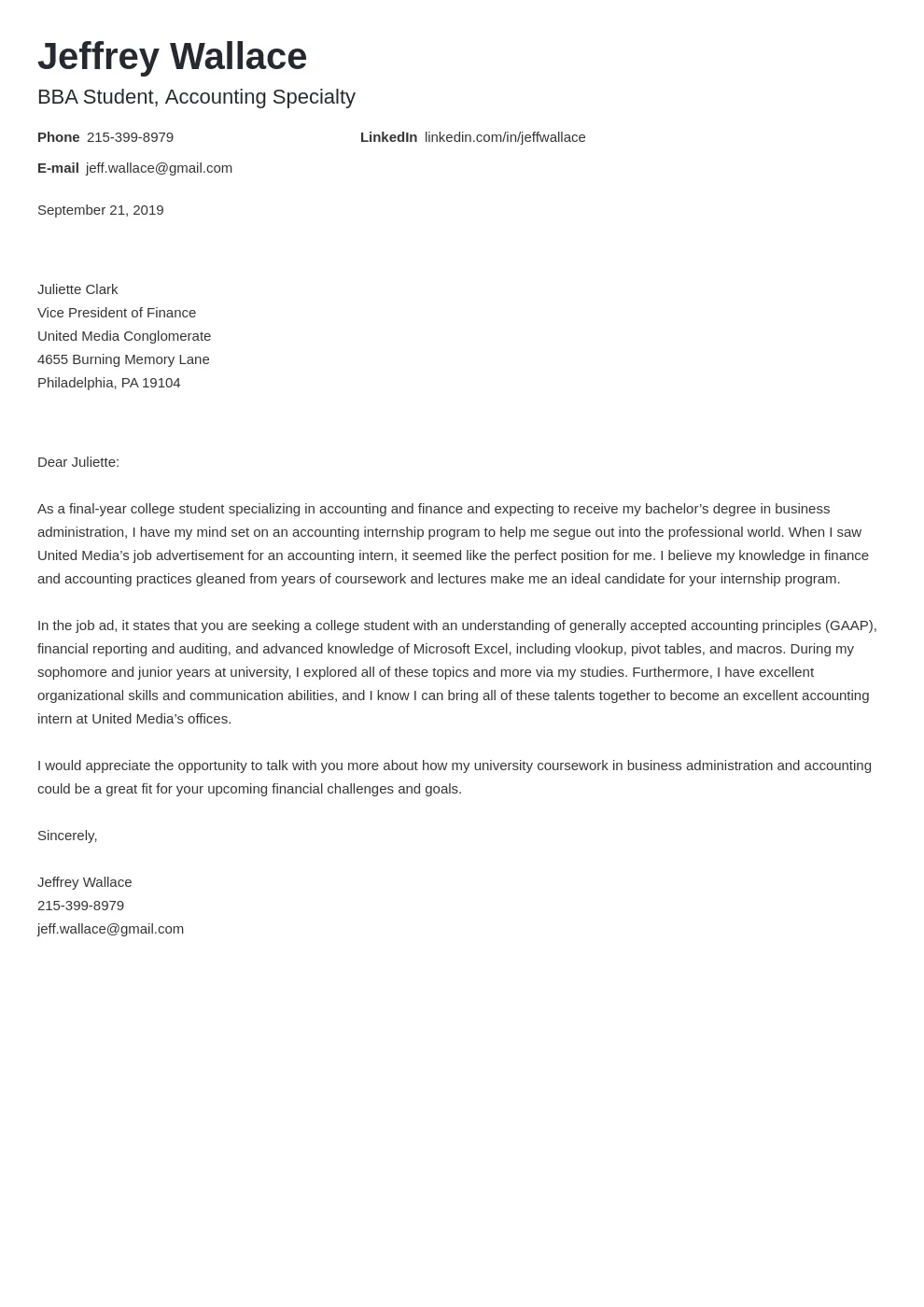
Include a clear call to action in your cover letter. State your availability for an interview and reiterate your interest in the position. Thank the hiring manager for their time and consideration. Provide your contact information again to make it easy for them to reach you. Make it simple and straightforward – something like, ‘I am eager to discuss my qualifications further and am available for an interview at your earliest convenience. Thank you for your time and consideration.’ This final step encourages the employer to take the next step in the hiring process.
Closing and Signature
End your cover letter with a professional closing and signature. ‘Sincerely,’ ‘Best regards,’ or ‘Yours sincerely,’ are all acceptable closings. Leave space for your handwritten signature if you are printing and mailing the letter. If you are sending it electronically, type your name below the closing. Ensure that your name and contact information are accurate and easy to read. Your closing and signature should reflect the overall tone of professionalism you’ve established throughout the cover letter. Maintain a professional tone all the way to the end.
Formatting and Proofreading
Proper formatting and proofreading are essential for creating a professional cover letter. A well-formatted letter is easy to read and makes a positive impression. Proofreading ensures that your letter is free of errors, which can undermine your credibility. Take the time to format your cover letter properly and thoroughly proofread it before submitting it. The following steps will assist you in properly formatting and proofreading your cover letter.
Formatting your Cover Letter
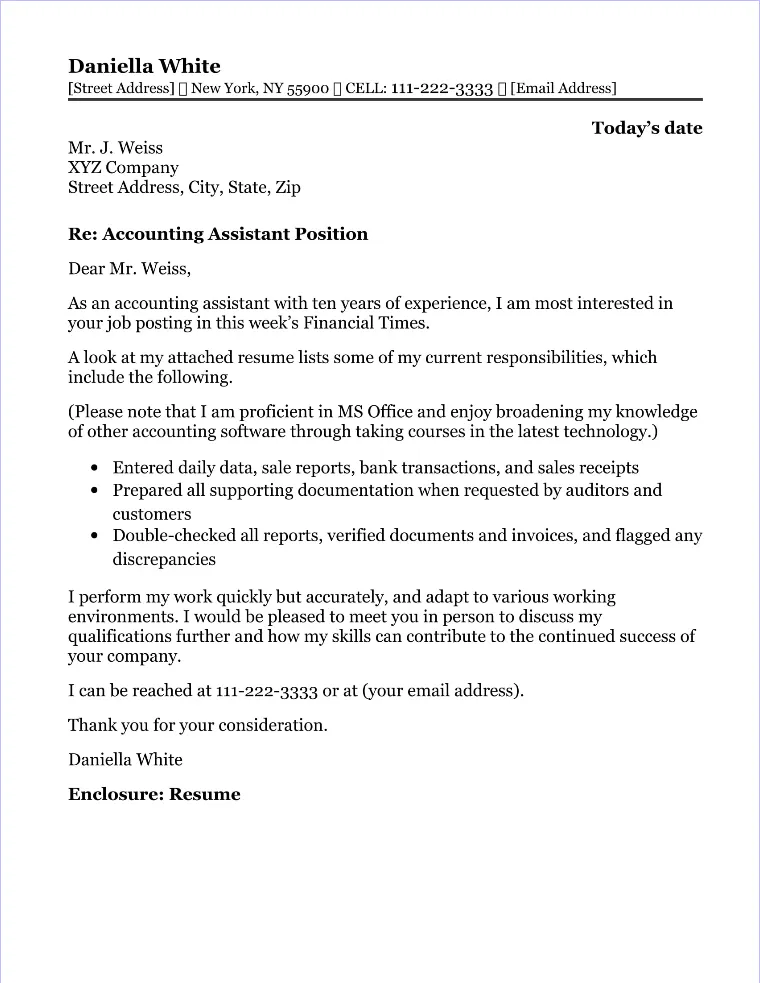
Use a professional font like Times New Roman, Arial, or Calibri, and maintain a consistent font size (typically 11 or 12 points). Use single spacing within paragraphs and double spacing between paragraphs. Align your text to the left, and use a standard one-inch margin on all sides. Ensure that your letter is easy to read and well-organized. Use clear headings and subheadings to break up the text and guide the reader. Keep paragraphs concise and easy to digest. Proper formatting shows attention to detail and respect for the reader’s time.
Proofreading for Errors
Thoroughly proofread your cover letter for any errors. Check for grammatical errors, spelling mistakes, and punctuation issues. Read the letter multiple times, slowly and carefully. Consider reading the letter out loud to catch any awkward phrasing or unclear sentences. Ask a friend, family member, or career advisor to review your letter for any mistakes you might have missed. A single error can damage your credibility, so proofreading is a critical step in the application process. Proofreading is not optional; it’s a must.
Common Mistakes to Avoid
Avoid common mistakes that can undermine your cover letter and hurt your chances of getting an interview. Pay close attention to the details and ensure that your cover letter represents you in the best possible light. Some common mistakes include using generic language, making typos and grammatical errors, and using an unprofessional tone. The following will help you improve your cover letter.
Generic Language
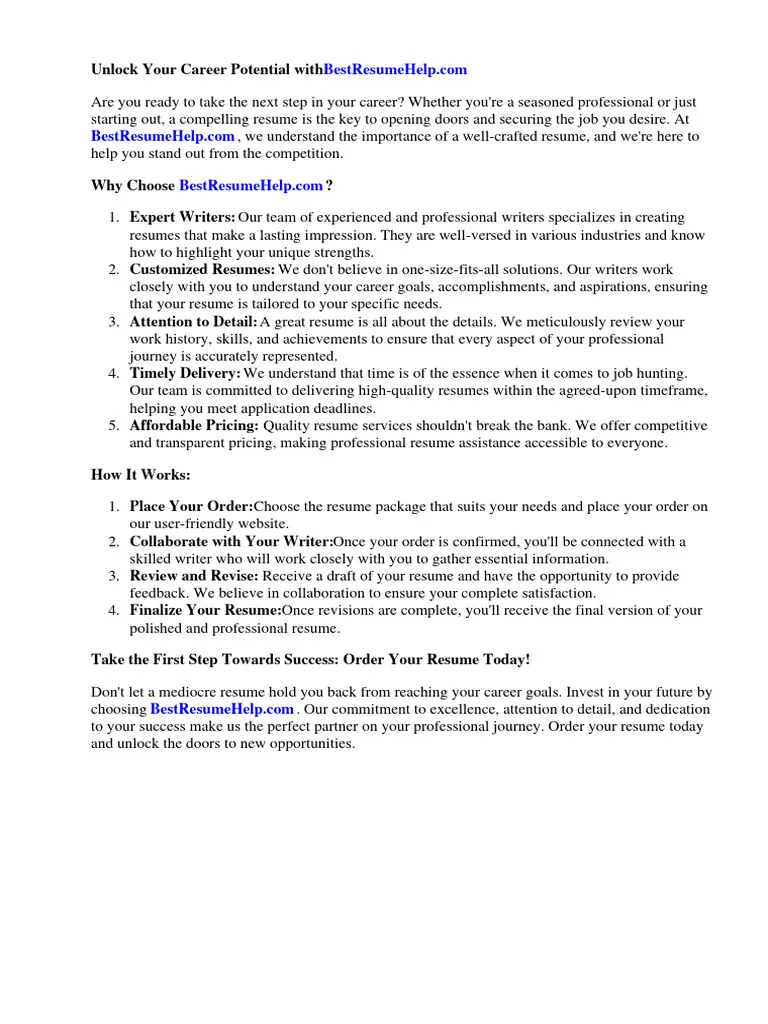
Avoid using generic phrases and clichés. Generic language makes your cover letter sound unoriginal and can make it seem like you haven’t put much effort into your application. Instead of saying, ‘I am a team player,’ provide specific examples of how you’ve demonstrated teamwork in the past. Avoid using phrases that could apply to anyone. Focus on your unique skills, experiences, and achievements that make you stand out. Your goal should be to differentiate yourself from the competition and make a memorable impression.
Typos and Grammatical Errors
Typos and grammatical errors are unacceptable in a cover letter. They reflect poorly on your attention to detail and professionalism. Always proofread your letter carefully before submitting it. Use a spell-checker, but don’t rely on it completely. Proofreading your letter can also identify areas where you can improve clarity. Consider asking someone else to proofread your letter for any errors you may have missed. Errors can send the wrong message, so avoid them at all costs.
Unprofessional Tone
Maintain a professional tone throughout your cover letter. Avoid using slang, informal language, or overly casual expressions. Address the hiring manager respectfully and use proper grammar and punctuation. The tone should be respectful and enthusiastic, but never overly familiar. Your cover letter is a professional document, and it should be treated as such. The tone should reflect your commitment to professionalism, even when highlighting your personality.
Examples of Effective Accounting Cover Letters
Review examples of effective accounting cover letters to gain inspiration and guidance. Look for letters that are well-structured, clearly written, and tailored to specific job descriptions. Analyze how the applicants highlight their skills, quantify their achievements, and demonstrate their enthusiasm for the role. Studying examples can help you understand what works and what doesn’t, giving you a clearer roadmap for your own cover letter. Adapt the examples to reflect your own experience and tailor them to the specific positions for which you’re applying.
Cover Letter Example for Entry-Level Accounting Positions
For entry-level positions, highlight your academic background, relevant coursework, internships, and any volunteer experience in the field. Emphasize your eagerness to learn and grow within the company. Use examples from your education or extracurricular activities to demonstrate your skills. Mention any relevant certifications or software proficiencies. Show a strong interest in the company and the specific role, and express your enthusiasm for starting your accounting career. Demonstrate your ability to be successful in your first professional role.
Cover Letter Example for Experienced Accountants
For experienced accountants, focus on your professional achievements, and detail the impact of your work on previous employers. Quantify your accomplishments whenever possible. Use examples from past roles to showcase your expertise in accounting principles, financial reporting, and other relevant areas. Highlight your leadership abilities, management skills, and project management experience. Demonstrate that you are a great fit for the position and the company by tailoring your experience to the role. Show that you can step in and make an impact from day one.
Additional Tips for Success
Besides the basics, there are other tips to maximize the impact of your accounting cover letter and increase your chances of success. Take extra steps to show that you are serious about securing the role. The following tips are useful and can help you make a greater impact when applying for accounting positions.
Researching the Company
Thoroughly research the company before writing your cover letter. Visit their website, read their mission statement, and explore their values. Understand the company’s industry, its recent news, and its competitors. Demonstrate your knowledge of the company by referencing its values, goals, and recent achievements in your cover letter. This shows your genuine interest and that you have taken the initiative to learn about the organization. Tailor your cover letter to align with the company’s culture and goals.
Using Keywords
Use keywords from the job description throughout your cover letter. Many companies use applicant tracking systems (ATS) to screen applications. Including the right keywords increases the chances that your cover letter will be noticed by the hiring manager. Carefully read the job description and identify the key skills and qualifications the employer is looking for. Incorporate these keywords naturally into your letter. Use them to emphasize your relevant experience, skills, and qualifications.
Following Up
After submitting your cover letter and resume, follow up with the hiring manager. Send a brief email or phone call a week or two after submitting your application to reiterate your interest and inquire about the status of your application. Keep the tone professional and polite. This follow-up shows your enthusiasm and initiative. If you have new information to share, you can also mention it in your follow-up. A well-timed follow-up can make you stand out from other applicants and keep your name top of mind.
